Propose 2 main scenarios
The Ministry of Industry and Trade has just announced a draft to solicit opinions on adjusting the National Power Development Plan for the 2021-2030 period, with a vision to 2050 (referred to as the adjusted Power Plan VIII ).
In this draft adjustment, the Ministry of Industry and Trade presents three scenarios on electricity demand corresponding to economic growth scenarios.
Low scenario: Electricity demand by 2030 is 452 billion kWh; by 2035 it is 611.2 billion kWh.
Baseline scenario: By 2030 it is 500.3 billion kWh; by 2035 it is 711.1 billion kWh.
High scenario: By 2030 it is 557.7 billion kWh, by 2035 it is 856.2 billion kWh.
With the above scenarios, the Ministry of Industry and Trade proposes two main scenarios to calculate the development of power sources and grids.
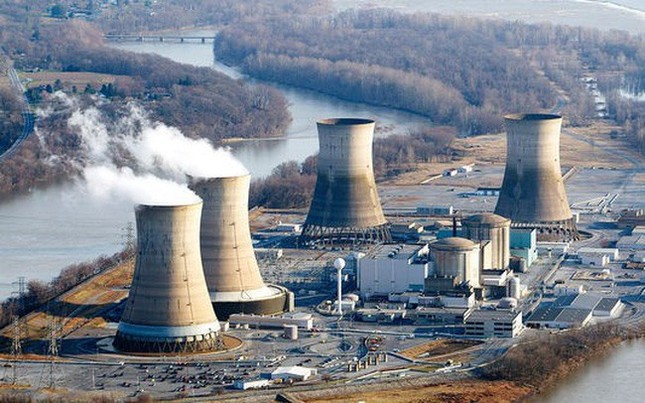 Putting nuclear power into operation is of great significance in Vietnam's power source structure. Illustrative photo.
Putting nuclear power into operation is of great significance in Vietnam's power source structure. Illustrative photo.
Scenario 1: Ninh Thuan I nuclear power plant (2x1200MW) is put into operation in the 2031-2035 period, Ninh Thuan II (2x1200MW) is put into operation in the 2036-2040 period. Along with that, 3 LNG plants with unidentified investors will operate after 2030, Blue Whale gas is expected to be brought ashore in the 2031-2035 period, no new LNG sources are developed, and imports from China will increase by 300 MW.
With this scenario, the Ministry of Industry and Trade assesses that because mixed gas turbine power sources will be put into operation in the final years of the period and many sources will be delayed, to supply electricity for the years 2026-2029, it is necessary to promote early investment in small hydropower, wind power, solar power, storage batteries and flexible thermal power sources compared to Power Plan VIII. The scale of imported electricity sources in Laos will increase from 4 GW to 6 GW by 2030, mainly in import projects to the North and North Central regions.
In the period 2031-2050, the investment rate of wind power, solar power, and storage batteries is forecasted to decrease sharply. The development of renewable energy sources combined with storage batteries is more economical, so the power system depends heavily on renewable energy sources. The proportion of renewable energy electricity (including hydropower) will increase from 50% in 2035 to 83% in 2050.
In scenario 2: Two nuclear power plants in Ninh Thuan operate in the 2031-2035 period; at the same time, all 14 LNG plants operate in the 2026-2030 period, Blue Whale gas is expected to be brought ashore in the 2031-2035 period, allowing the development of new LNG sources from 2030 and import from China similar to scenario 1.
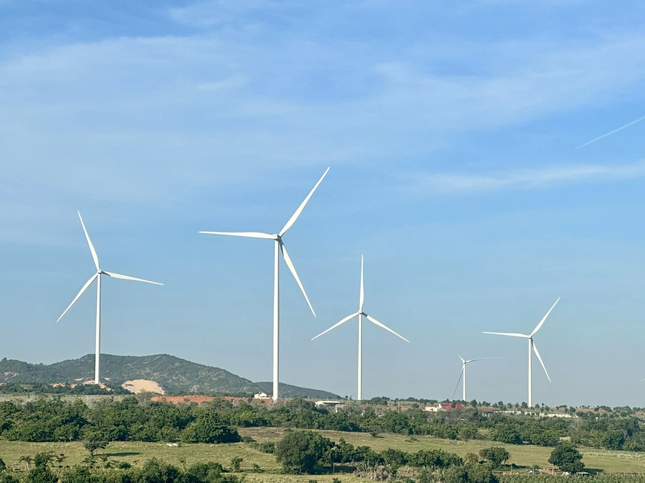 Renewable energy will account for the majority of electricity in the future.
Renewable energy will account for the majority of electricity in the future.
In this case, the Ministry of Industry and Trade calculates that it is necessary to invest in an additional 30 GW of solar power, 5.7 GW of small and medium hydropower, 6 GW of onshore wind power, 12.5 GW of battery storage, 2.7 GW of flexible thermal power, 1.4 GW of biomass, waste and other renewable energy. In addition, China's imports will increase by 3 GW, and the scale of Laos' imported electricity will increase from 4.3 GW to 6.8 GW in 2030.
In 2035, load demand will increase by 24 GW compared to Power Plan VIII, while new LNG hybrid gas turbine sources will increase by 7 GW in the 2031-2035 period in the North. Flexible thermal power sources will increase by 3 GW compared to Power Plan VIII.
By 2050, in addition to 4,800 MW of nuclear power in Ninh Thuan, Vietnam will have an additional 5 GW of nuclear power in the North Central region and 8.4 GW of LNG-mixed gas turbines in the North. Wind power, solar power and battery storage sources will continue to increase compared to Power Plan VIII.
Thus, with the above scenarios, Vietnam can operate its first nuclear power plant as early as 2031 and as late as 2035.
3 areas where nuclear power can be built
The Ministry of Industry and Trade said that there are 8 potential locations for building large-scale nuclear power plants, each with a potential of about 4-6 GW. Nuclear power can be considered for construction in 3 regions: South Central (about 25-30 GW), Central Central (about 10 GW) and North Central (about 4-5 GW).
Up to now, only 2 locations, Phuoc Dinh and Vinh Hai, have announced plans for nuclear power plant construction sites. Some other potential locations (2 locations in Quang Ngai, 1 location in Binh Dinh) are considered potential locations for developing 4 large-scale nuclear power units. However, due to the lack of announced plans, after 10 years, these locations need to be reviewed and re-evaluated, which may cause many socio-economic and economic development fluctuations in the areas.
In addition to the above two scenarios, the Ministry of Industry and Trade provides sensitivity analysis scenarios when changing input parameters affects the power source structure, electricity prices and inter-regional power grid in the future.
Previously, the Prime Minister requested the Ministry of Industry and Trade to complete the draft revised Power Plan VIII and submit it to the Government before February 28.
According to the assessment of the Ministry of Industry and Trade, after nearly 2 years of implementation, the Power Plan VIII has revealed many shortcomings, such as the results of investment in power source and grid projects have not yet achieved the target; the electricity price mechanism is not attractive enough, so capital mobilization for power source and grid development is difficult... In particular, the Government currently sets an economic growth target of over 8% in 2025 and strives for double-digit growth in the 2026-2030 period.
This requires electricity to grow 1.5 times, with an expected annual average of 12% to over 16% (equivalent to an additional 8,000 - 10,000 MW needed each year).
“This is a huge challenge. If there is no timely and quick solution to develop power sources, especially baseload power sources, green power, clean power, and sustainable power, there will be a potential risk of serious power shortage, especially in the period from 2026 to 2028,” the Ministry of Industry and Trade said.



![[Photo] General Secretary To Lam holds talks with General Secretary and President of China Xi Jinping](https://vstatic.vietnam.vn/vietnam/resource/IMAGE/2025/4/14/b3d07714dc6b4831833b48e0385d75c1)

![[Photo] Ceremony to welcome General Secretary and President of China Xi Jinping on State visit to Vietnam](https://vstatic.vietnam.vn/vietnam/resource/IMAGE/2025/4/14/5318f8c5aa8540d28a5a65b0a1f70959)
![[Photo] Hanoi people warmly welcome Chinese General Secretary and President Xi Jinping on his State visit to Vietnam](https://vstatic.vietnam.vn/vietnam/resource/IMAGE/2025/4/14/d6ac6588b9324603b1c48a9df14d620c)
![[Photo] Prime Minister Pham Minh Chinh chairs conference to review the implementation of Resolution No. 18-NQ/TW](https://vstatic.vietnam.vn/vietnam/resource/IMAGE/2025/4/14/dcdb99e706e9448fb3fe81fec9cde410)
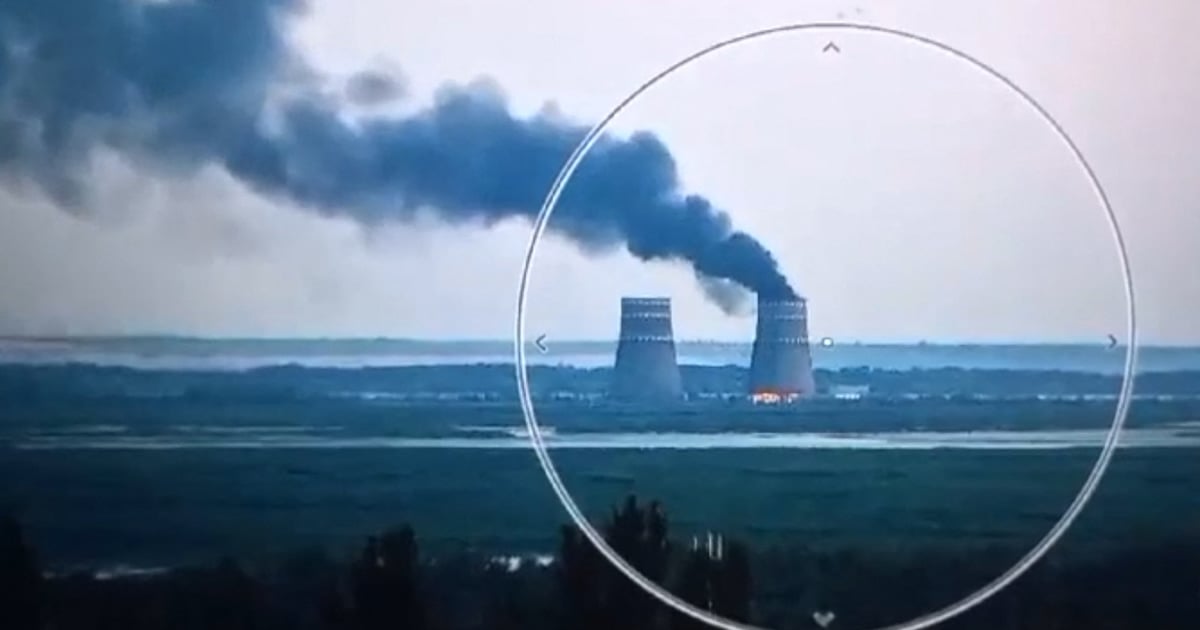

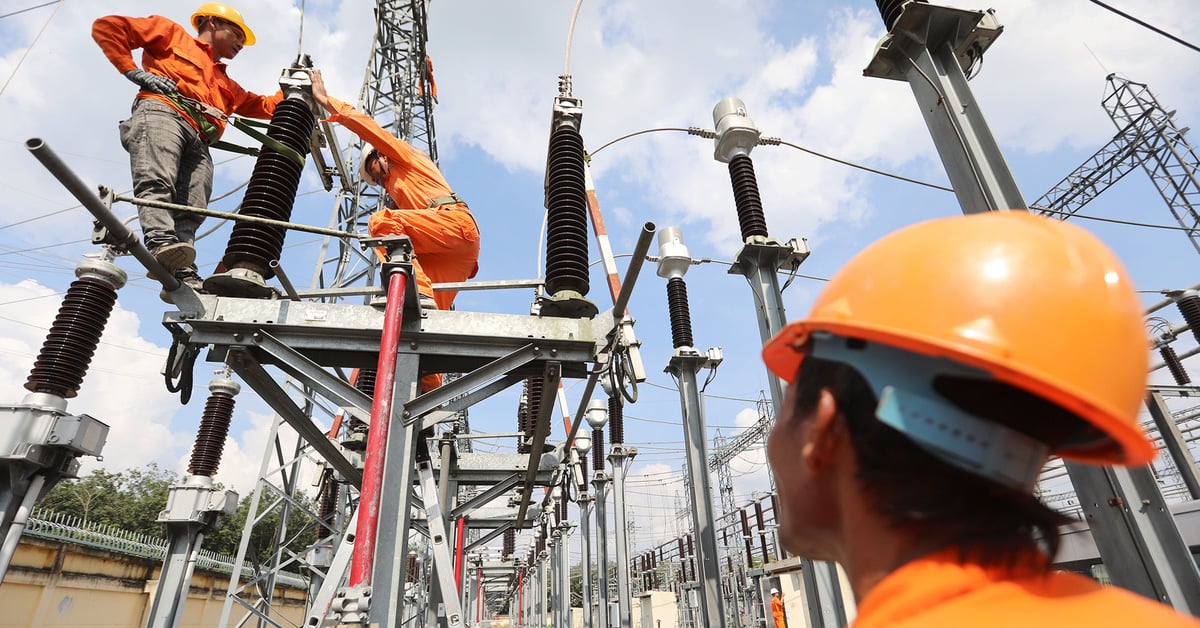

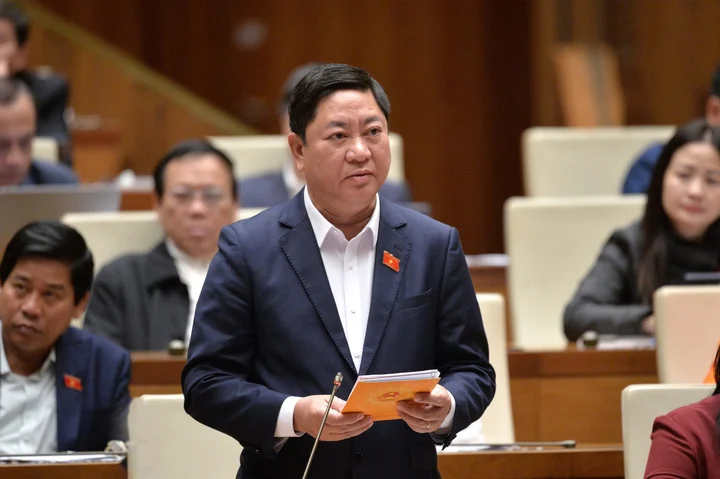

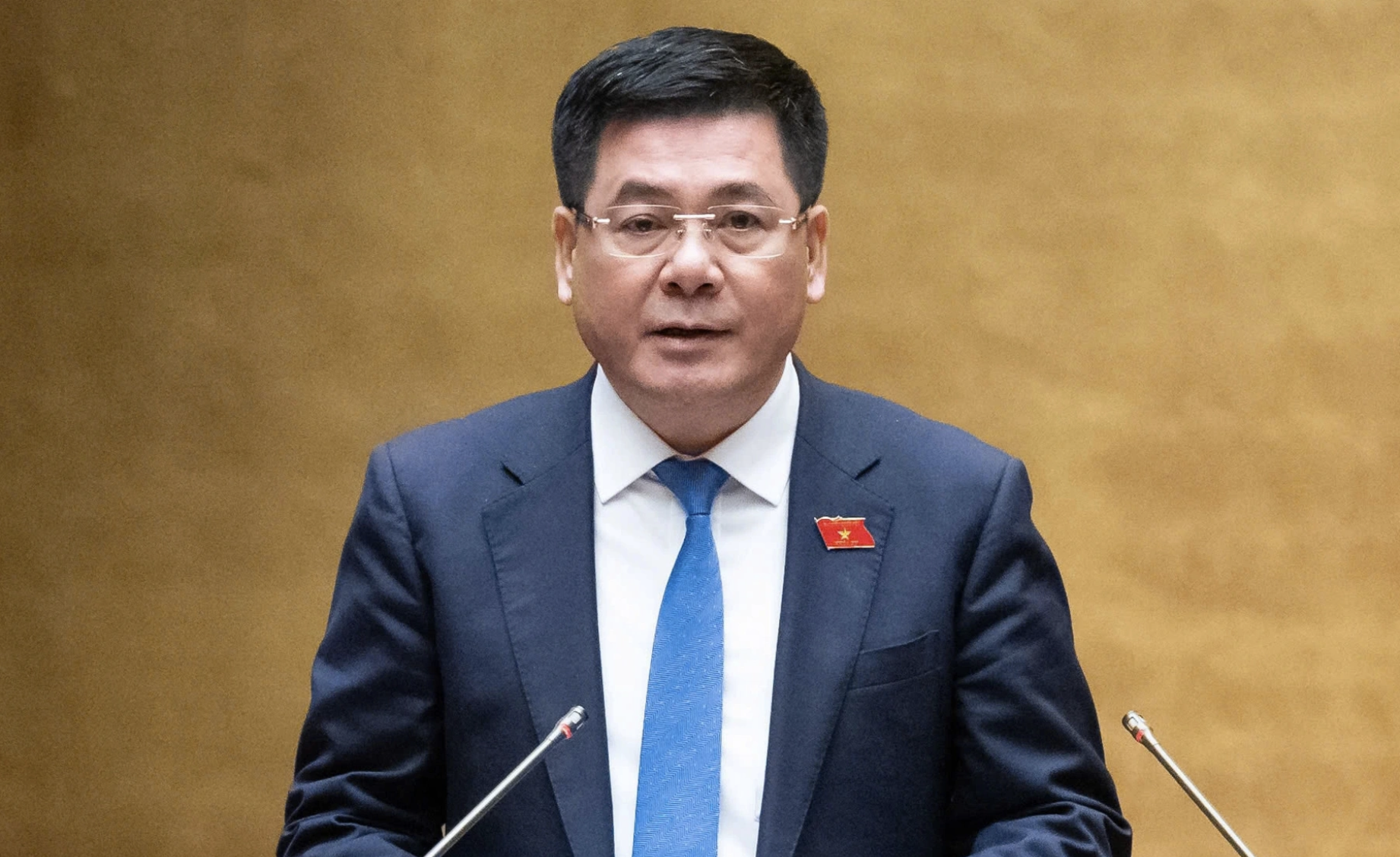

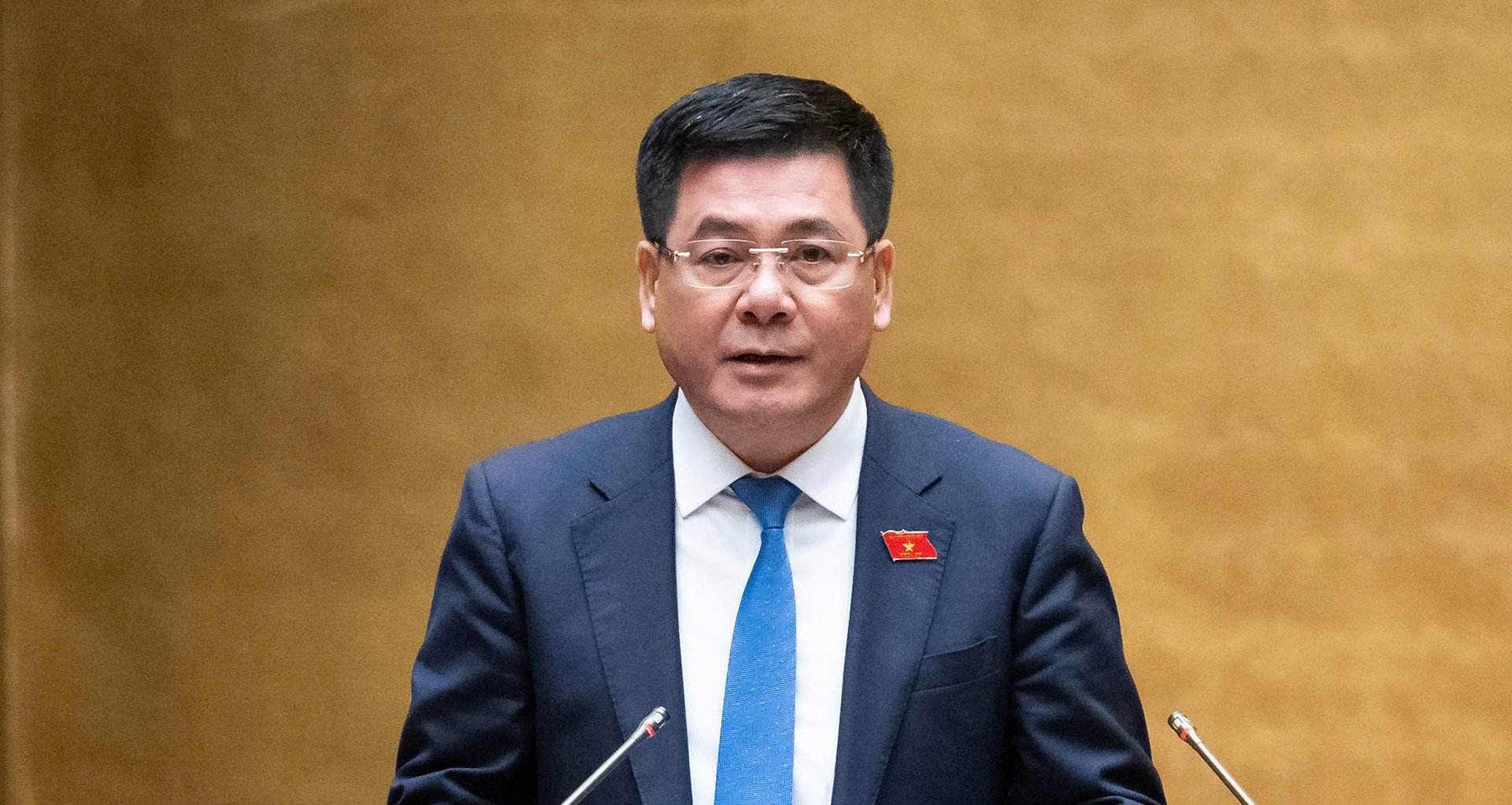

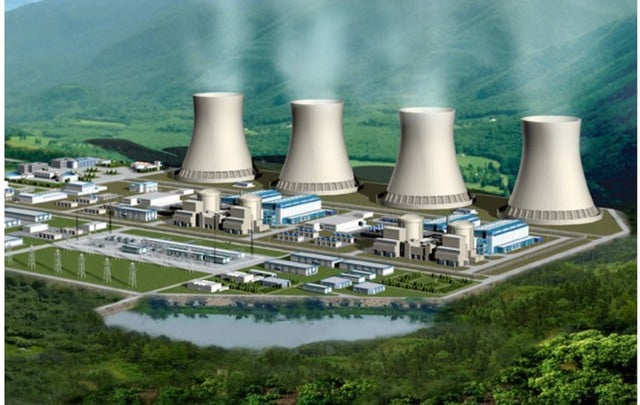

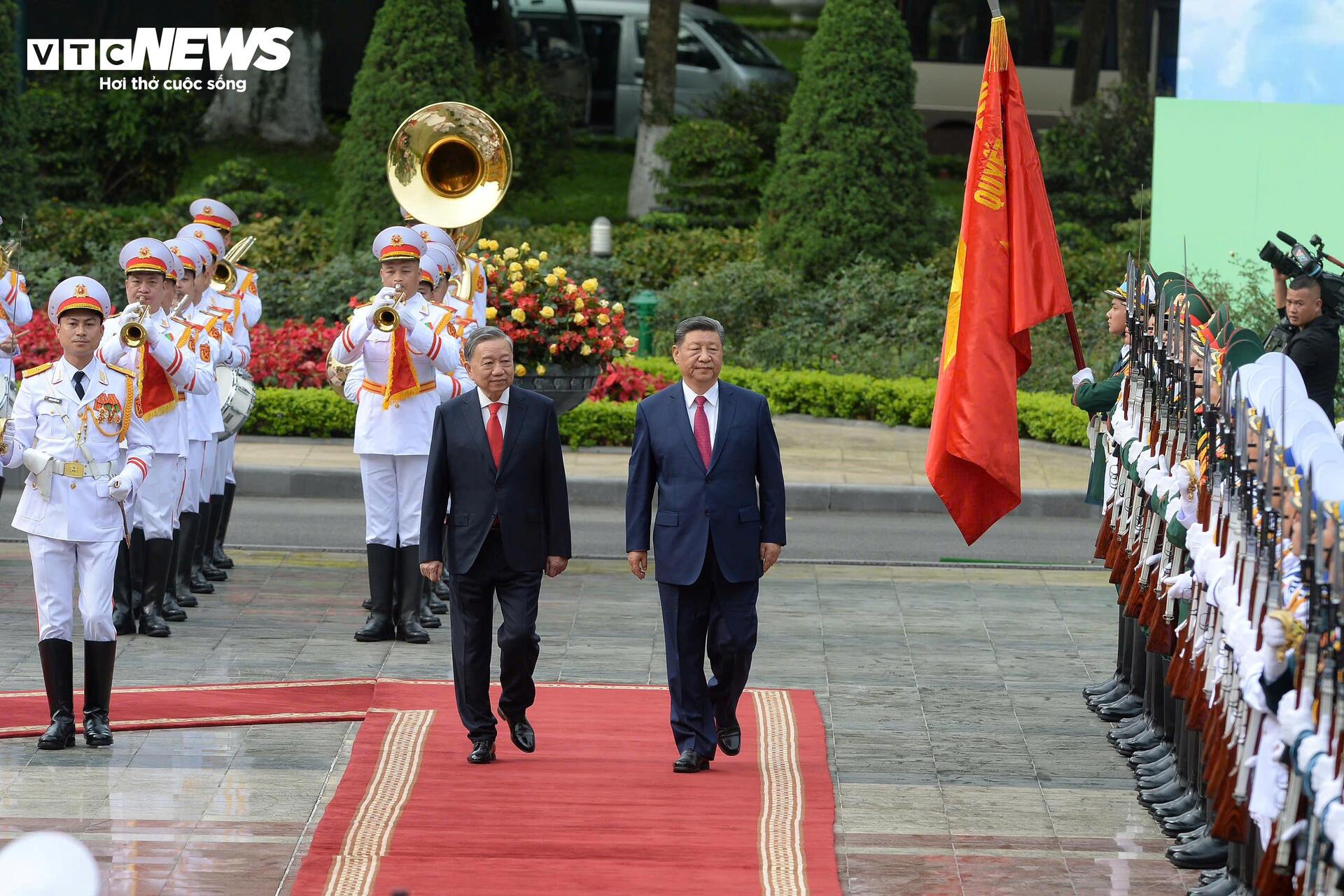


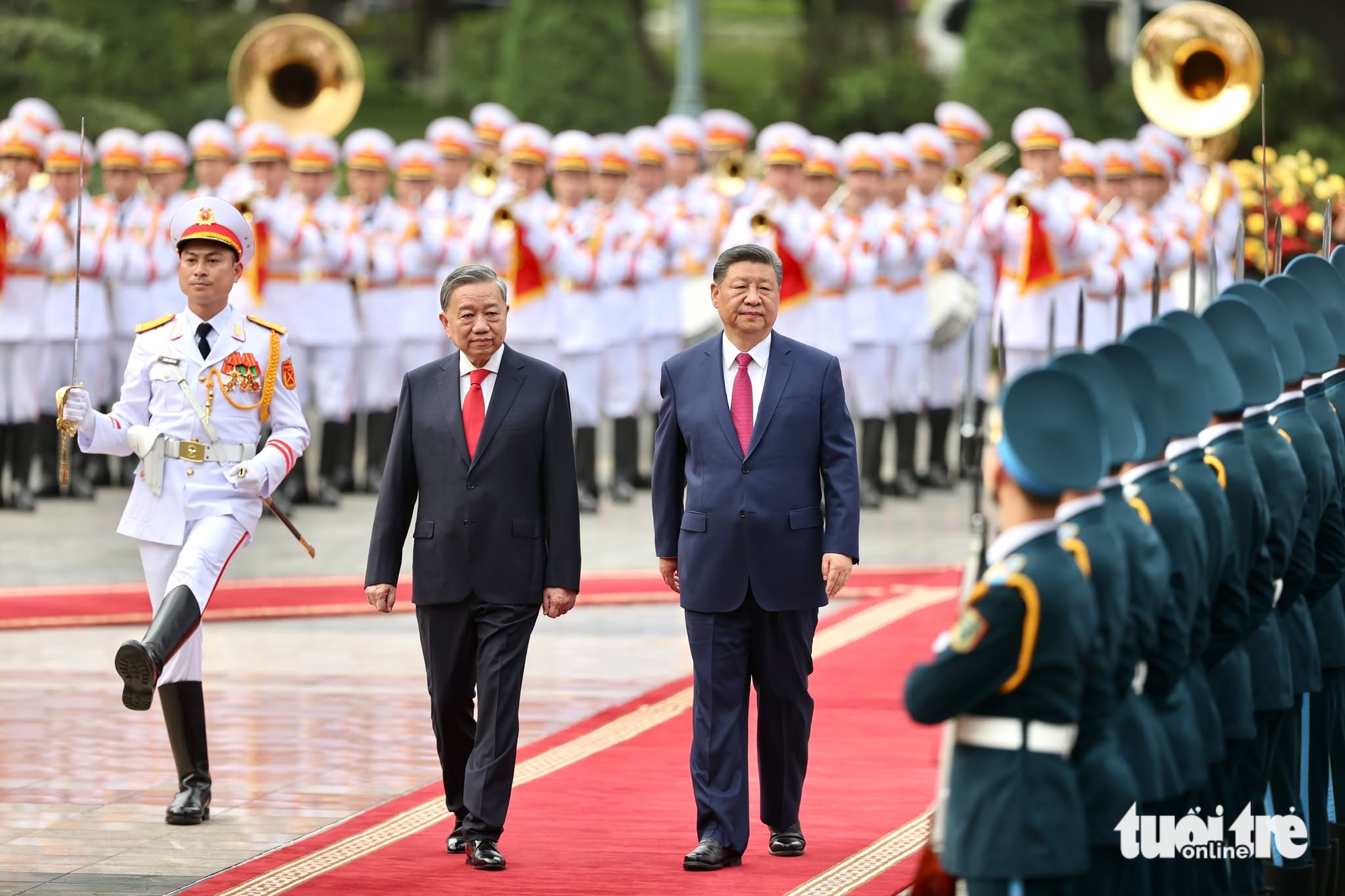
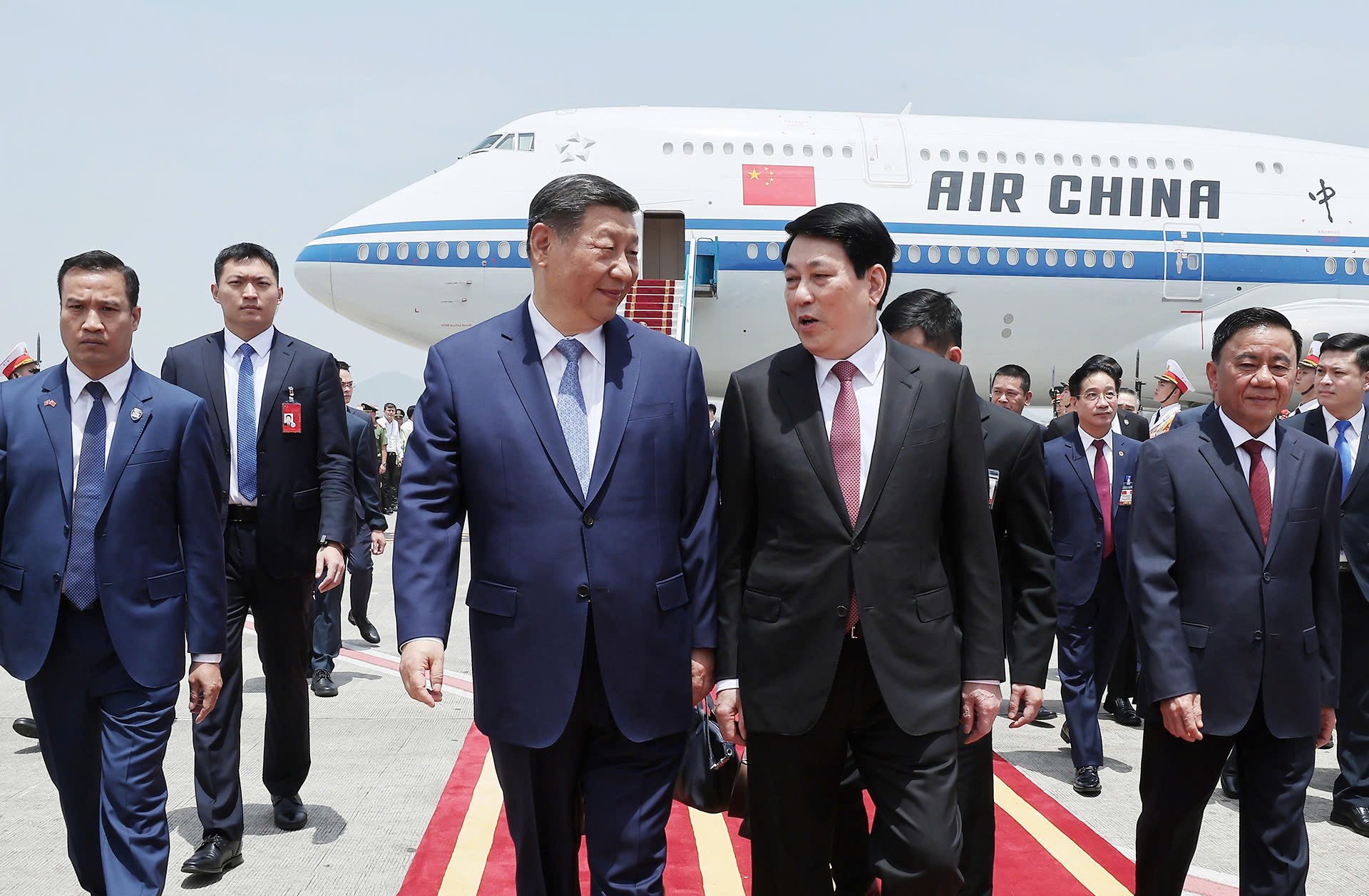







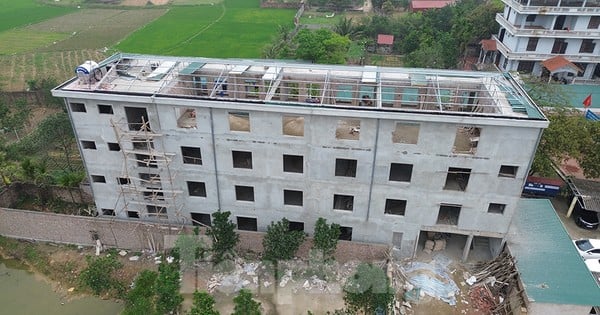



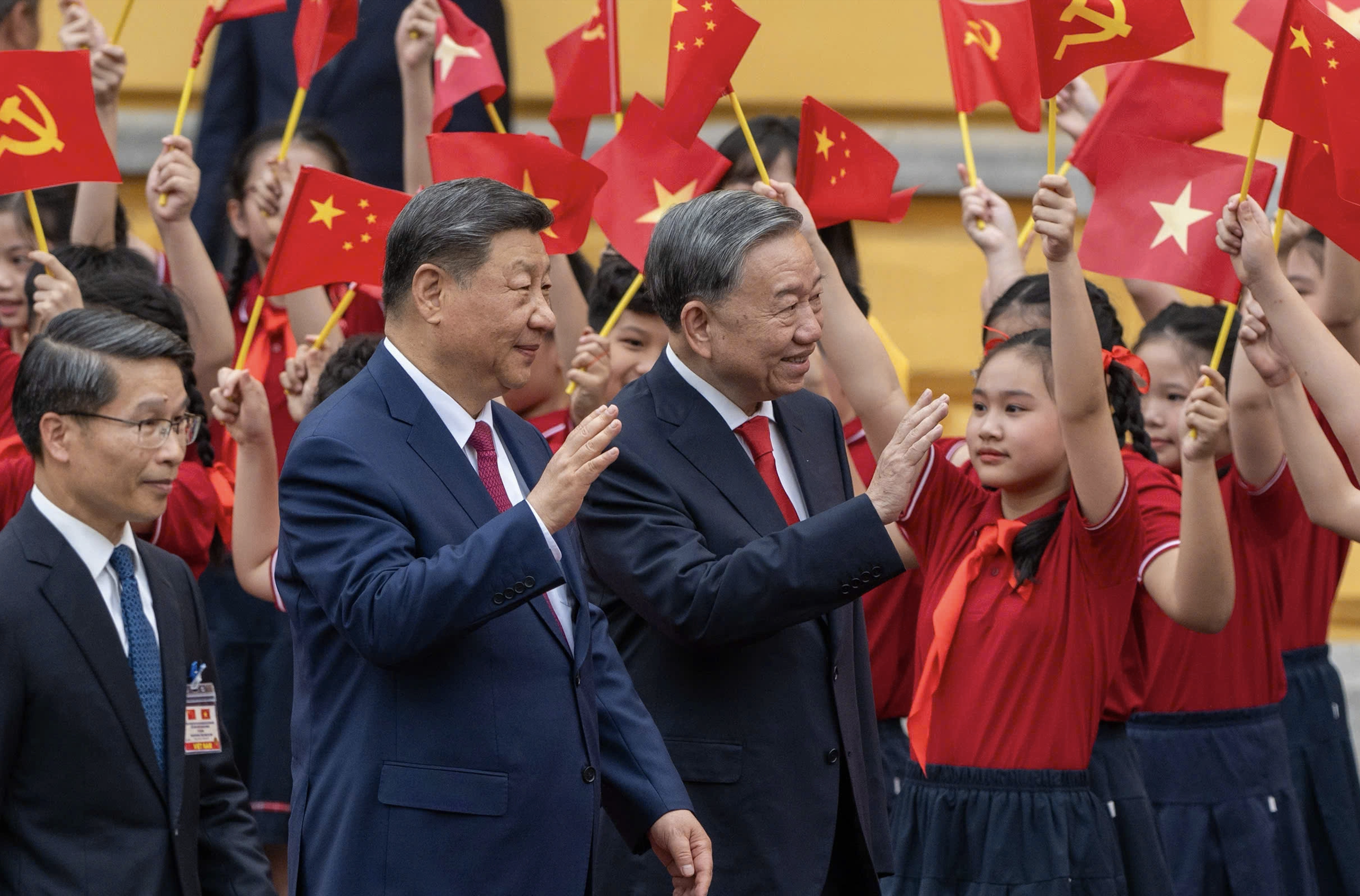















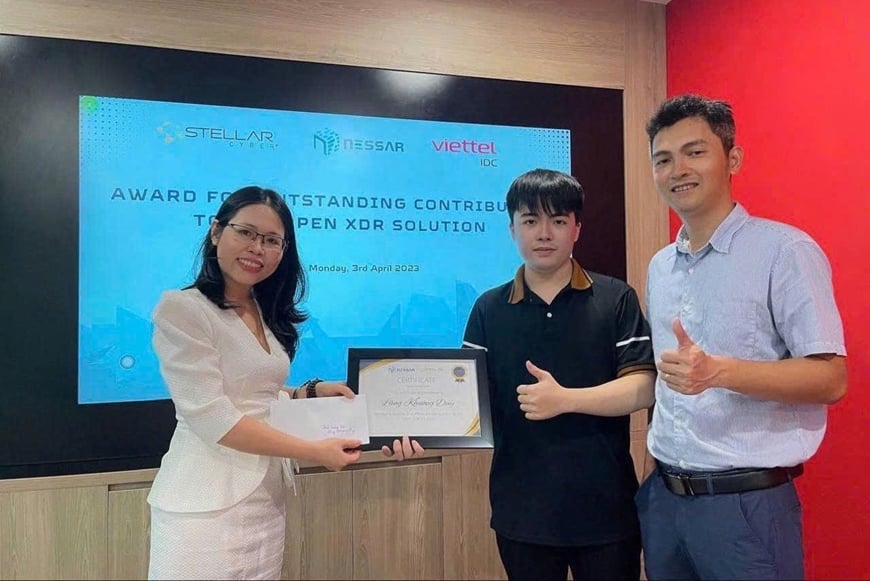





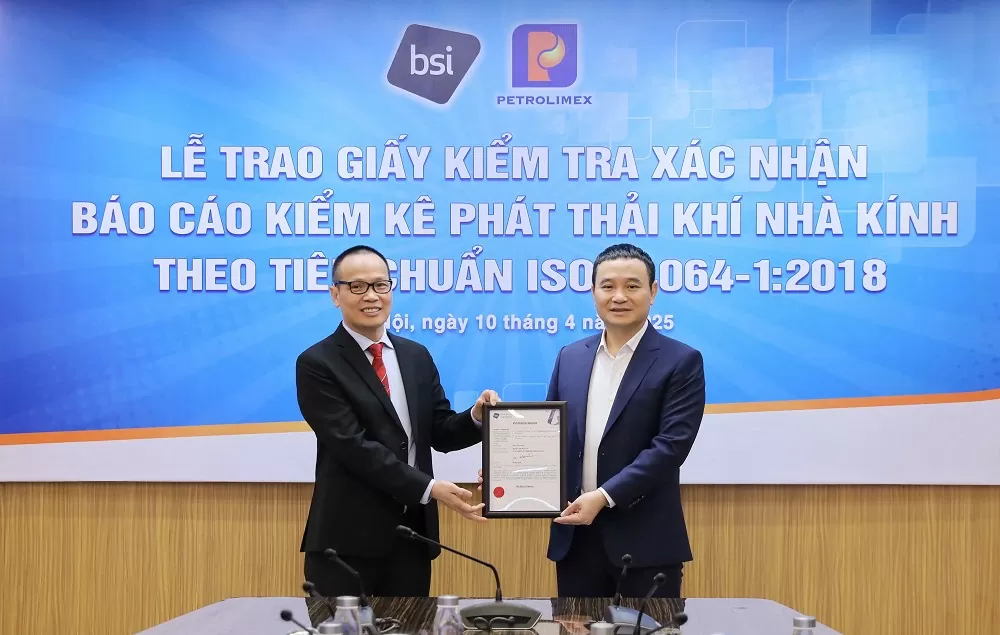







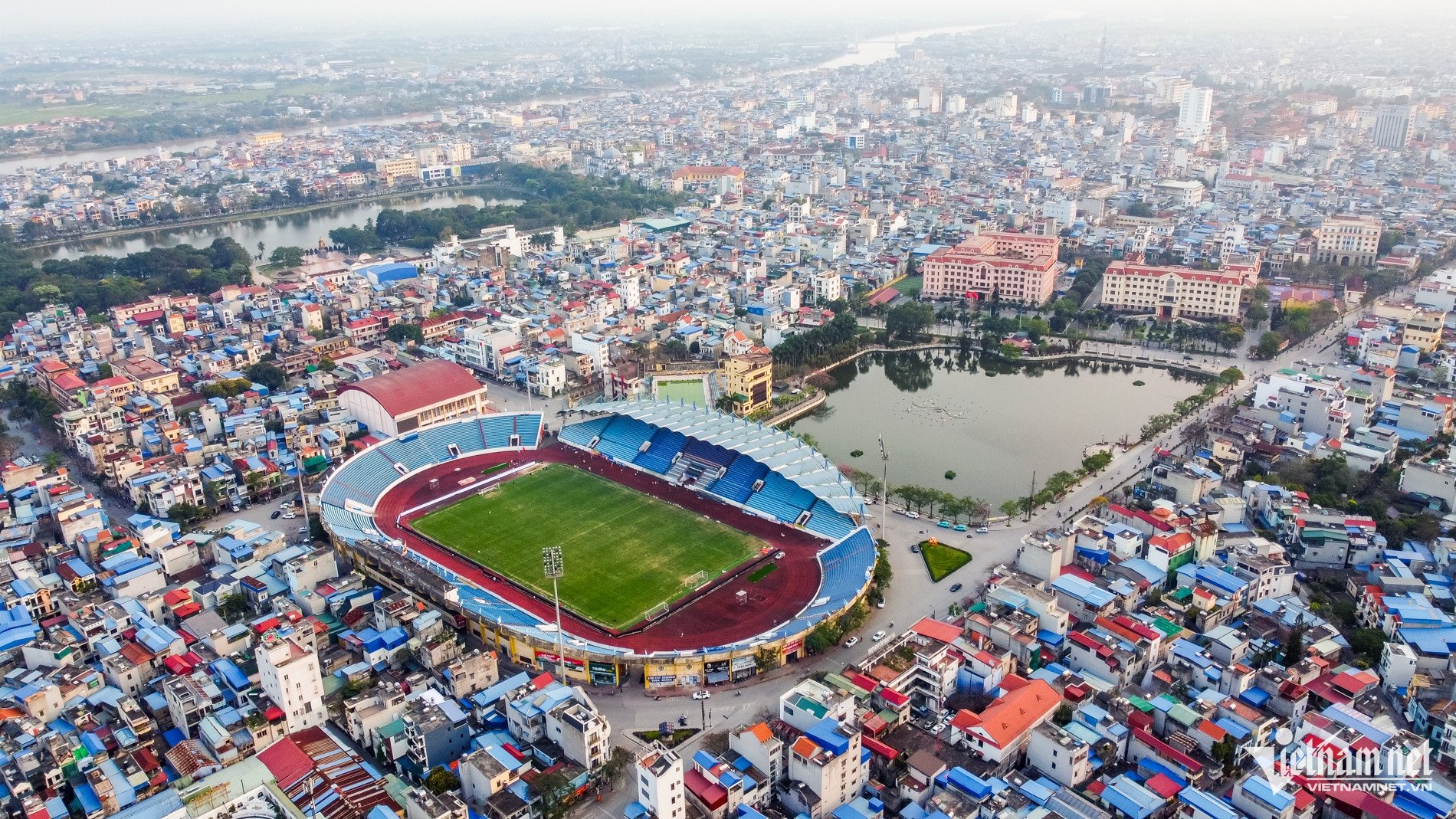

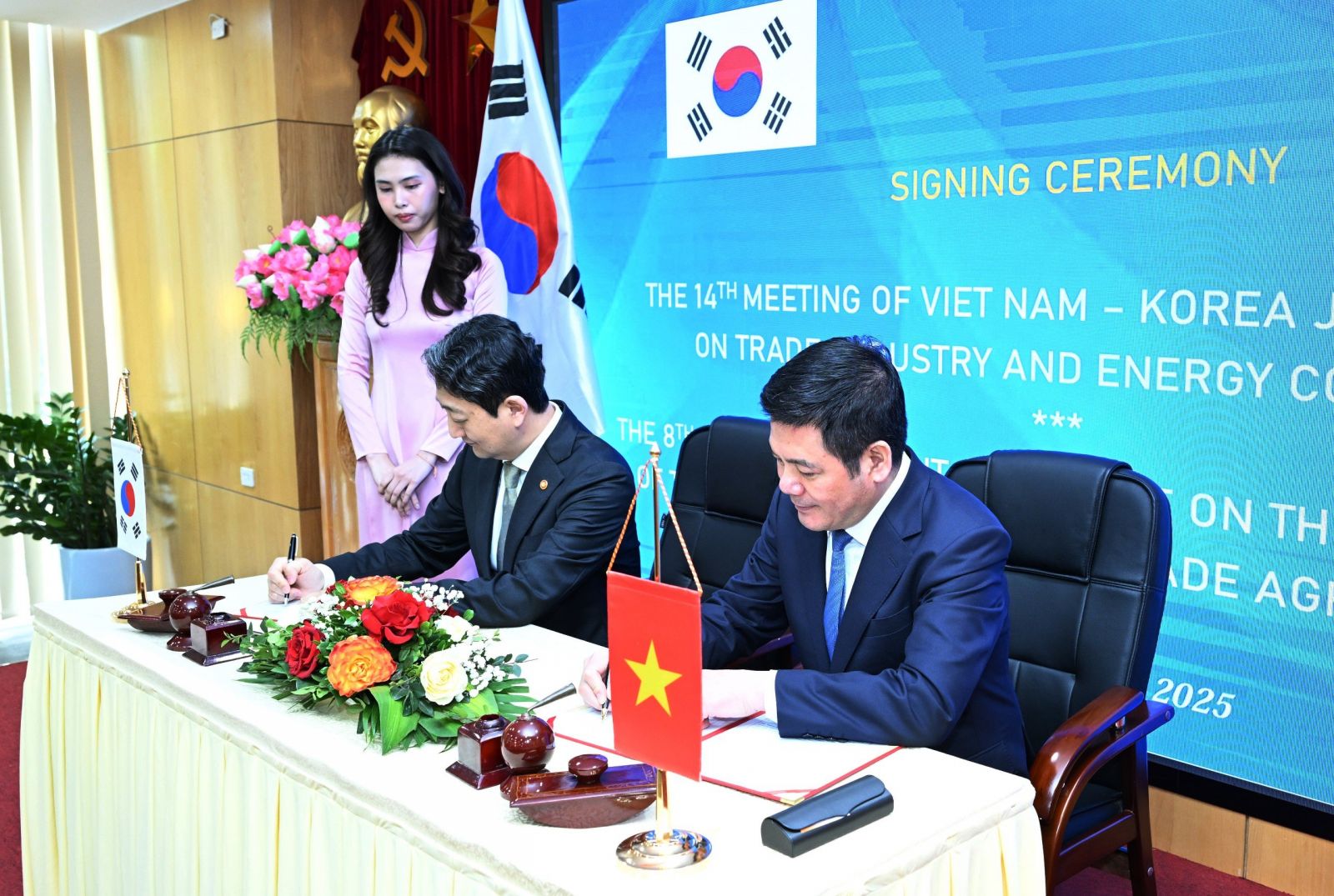


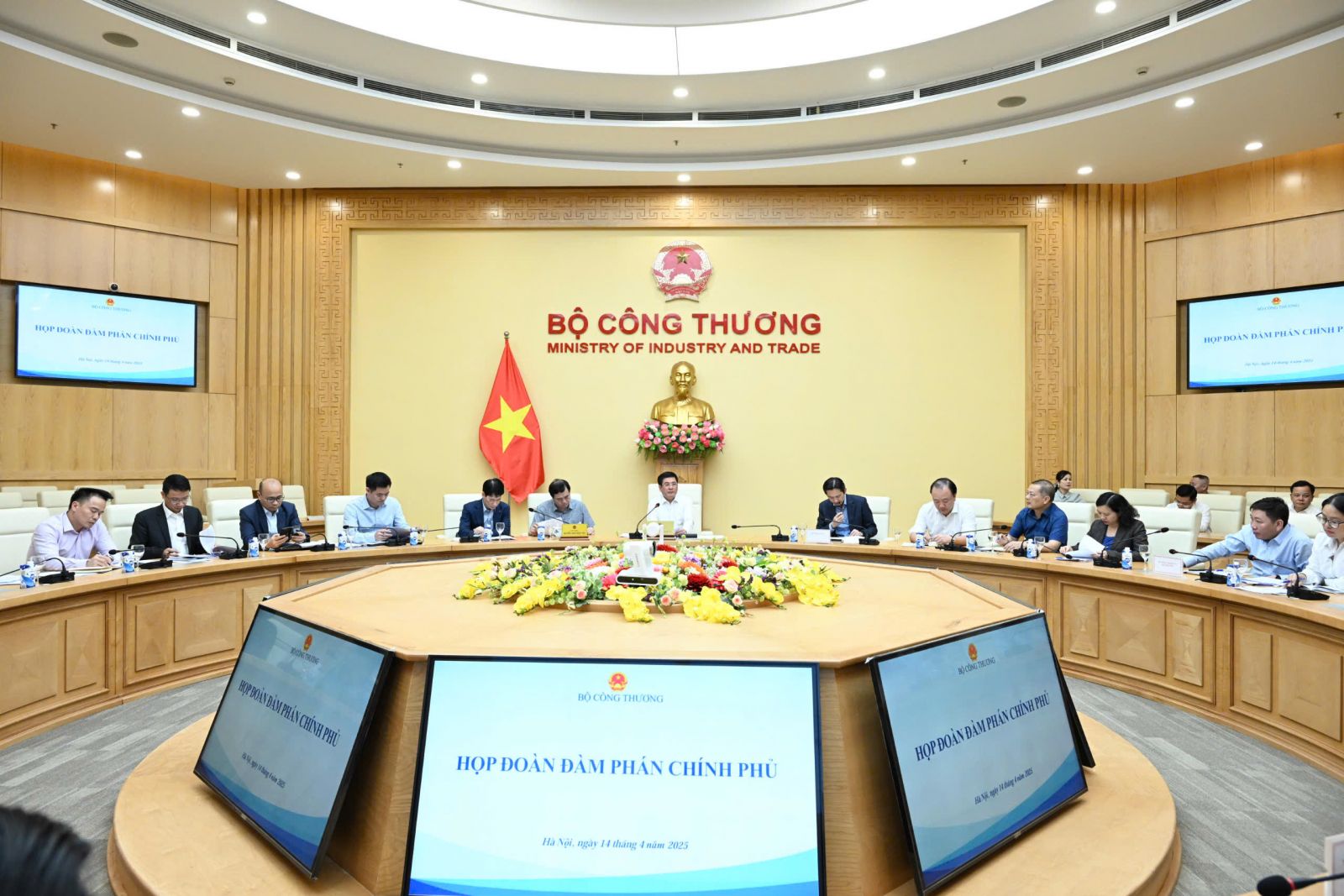



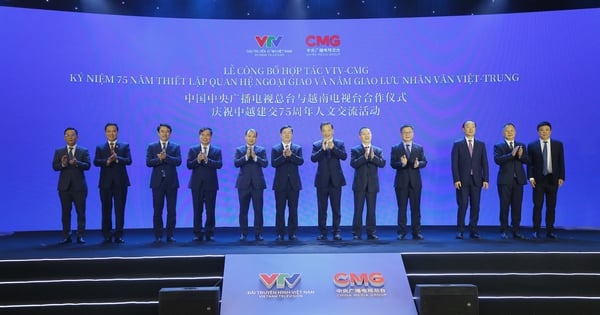
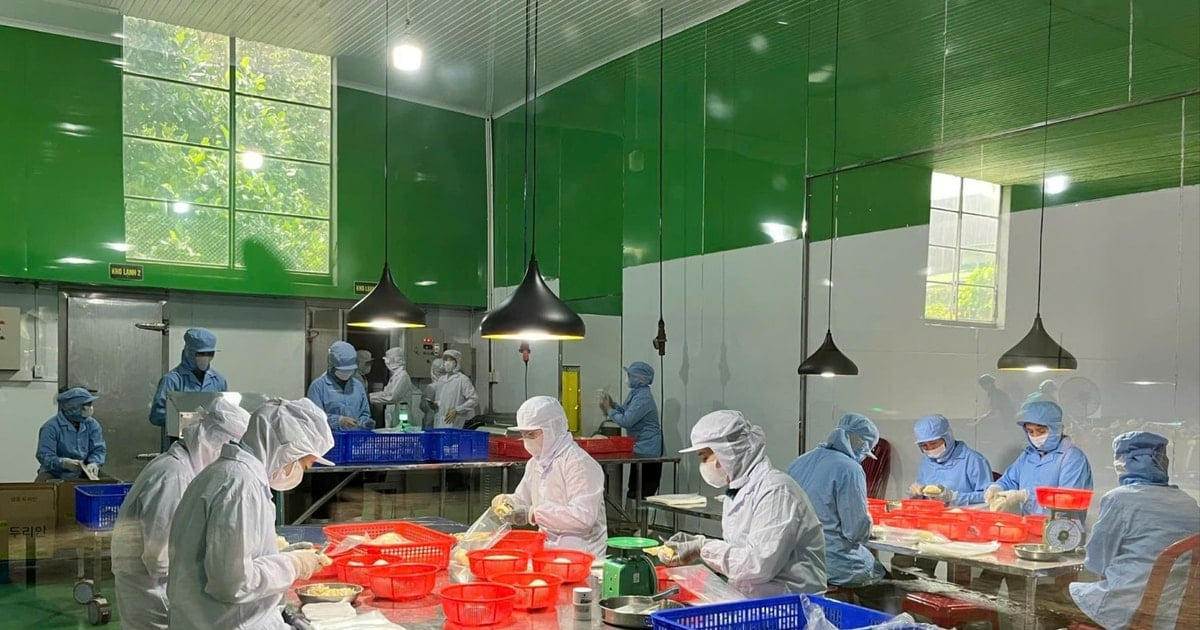







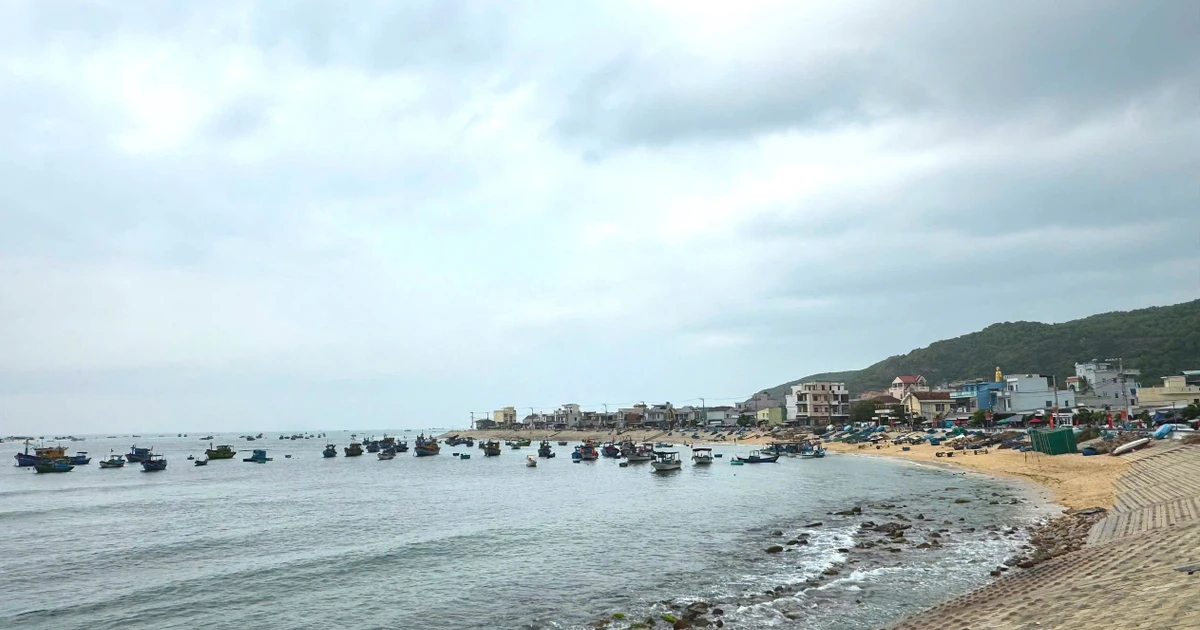










Comment (0)